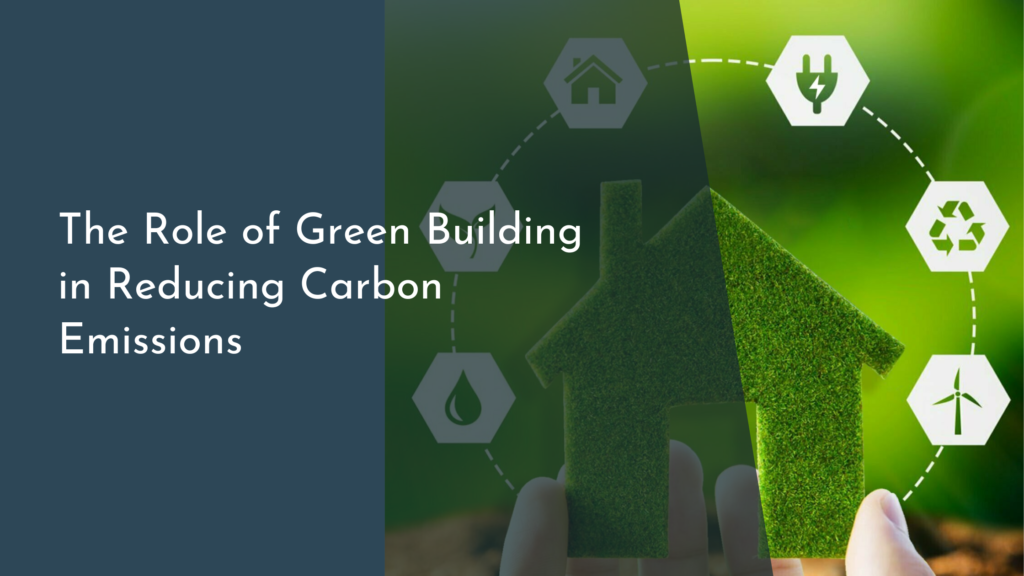Biodegradable reinforcement materials for eco-concrete
In an age where environmental consciousness is more crucial than ever, the construction industry is stepping up to the challenge by adopting sustainable practices. One of the most exciting developments in this realm is the emergence of eco-concrete, a greener alternative to traditional concrete that minimizes the ecological footprint of construction projects. At the forefront of this innovation are biodegradable reinforcement materials, which enhance the strength and longevity of eco-concrete while also being kind to the planet. This article will delve into the benefits of eco-conscious concrete solutions, explore cutting-edge biodegradable reinforcement materials, and shed light on their exciting applications in the construction industry.
Discover the Benefits of Eco-Conscious Concrete Solutions
Eco-conscious concrete solutions are designed to reduce the environmental impact of construction while maintaining structural integrity and durability. By using sustainable materials and production methods, eco-concrete not only diminishes carbon emissions but also promotes the recycling of materials. This innovation helps address critical issues such as resource depletion and waste management, making it a viable alternative for environmentally aware builders and architects. Additionally, eco-concrete can contribute to better air quality by absorbing CO2 during its curing process, effectively turning buildings into air-cleaning assets.
Moreover, eco-concrete often boasts improved thermal performance, enhancing energy efficiency in buildings. This means that structures made from eco-concrete can reduce energy consumption for heating and cooling, leading to lower utility bills for occupants. As cities and communities strive for sustainable growth, eco-concrete emerges as a significant player in creating livable and resilient urban environments. With the integration of biodegradable reinforcement materials, the potential benefits of eco-concrete multiply, offering even more reasons to embrace this innovative approach to construction.
Exploring Innovative Biodegradable Reinforcement Materials
Biodegradable reinforcement materials are transforming the way we think about concrete structures. Traditionally, steel and synthetic fibers have been used to provide strength, but these materials can contribute to environmental degradation. In contrast, biodegradable reinforcements such as natural fibers, bioplastics, and advanced composite materials not only enhance the mechanical properties of eco-concrete but also break down naturally over time. This eco-friendly approach minimizes long-term waste and reduces the need for extensive demolition processes in the future.
Research and development in this field have led to remarkable advancements in materials like hemp, bamboo, and even mycelium, the root structure of fungi. These materials offer impressive tensile strength and durability, making them suitable replacements for traditional reinforcements. By incorporating these innovative biodegradable materials into concrete mixes, builders can create structures that are not only robust but also contribute to a circular economy. The combination of eco-concrete and biodegradable reinforcements represents a promising avenue for sustainable construction practices, paving the way for a healthier planet.
How Eco-Concrete Contributes to a Greener Future
The rise of eco-concrete signifies a shift towards sustainable development in the construction industry. By reducing the reliance on non-renewable resources and minimizing waste, eco-concrete plays a vital role in combating climate change and preserving our natural ecosystems. Its use in residential, commercial, and infrastructure projects can lead to significant reductions in carbon footprints, moving us toward a more sustainable building paradigm. Moreover, eco-concrete can be produced locally using readily available materials, decreasing transportation emissions and bolstering local economies.
Furthermore, eco-concrete enhances the resilience of structures against environmental challenges. As climate change continues to impact weather patterns, eco-concrete can be designed to withstand extreme weather conditions, such as flooding or heatwaves. This adaptability not only ensures the longevity of buildings but also helps communities recover more swiftly from natural disasters. By investing in eco-concrete and biodegradable reinforcement materials, stakeholders in the construction industry are not just building structures; they are fostering a sustainable future for generations to come.
Exciting Applications of Biodegradable Materials in Construction
The versatility of biodegradable reinforcement materials opens up a world of possibilities in construction. From residential homes to large-scale commercial projects, innovative architects and builders are finding creative ways to incorporate these materials into their designs. For example, biocomposite panels made from natural fibers can be used to create lightweight yet strong wall systems, reducing the overall weight and energy consumption of buildings. Additionally, these materials can be integrated into prefabricated elements, streamlining construction processes and enhancing sustainability.
Another intriguing application lies in the landscaping and infrastructural sectors. Biodegradable reinforcement materials can be used in green roofs and permeable pavements, which help manage stormwater while providing natural habitats. These applications not only improve the aesthetic value of urban areas but also contribute to biodiversity and ecological health. As the construction industry continues to explore and implement biodegradable solutions, the potential for creating greener, more sustainable environments becomes increasingly tangible, showcasing the endless possibilities of eco-concrete.
As we embrace advancements in construction technology, the integration of biodegradable reinforcement materials into eco-concrete represents a pivotal step toward a more sustainable future. This innovative approach not only benefits the environment but also enhances the functionality and resilience of structures. From residential buildings to urban infrastructure, the applications of eco-concrete and its biodegradable reinforcements are vast and varied. By prioritizing eco-conscious solutions, we can create a world that is not only built to last but also gentle on our planet, paving the way for future generations to enjoy a cleaner, greener environment. Let’s celebrate and support these exciting developments in the construction industry!

